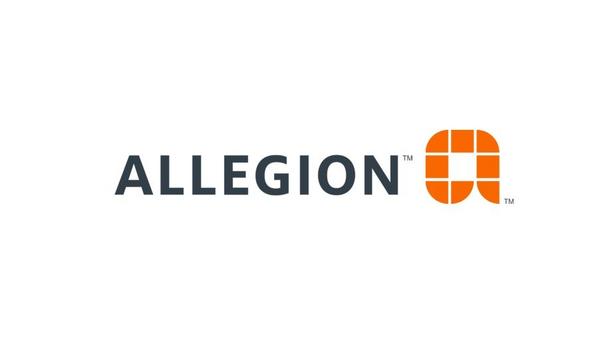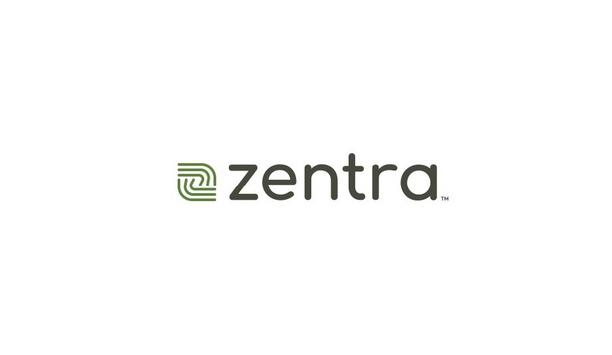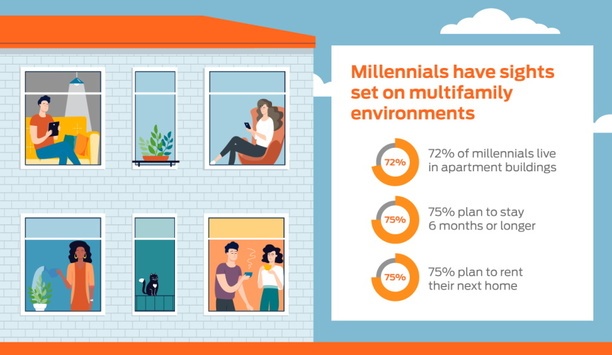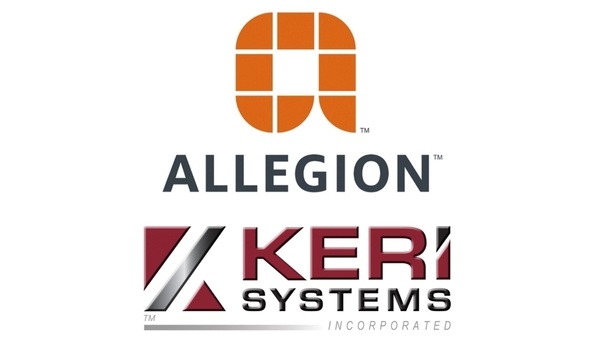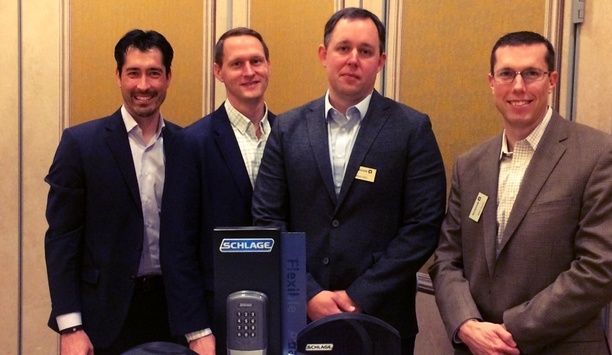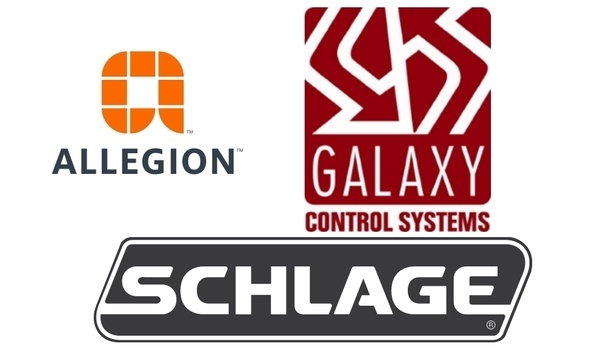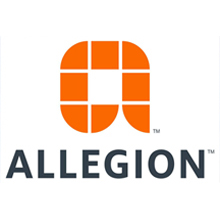Robert Gaulden

Robert Gaulden
Director Aftermarket & Electronic Sales, Allegion plcRobert Gaulden, Go-to-Market Director of Multifamily Access -- With more than 15 years of security industry experience, Robert has focused on technology partnerships, business development and security policy. As the go-to-market leader of Allegion’s Multi-Family Access business unit, he brings a unique perspective and understanding of the role technology plays in delivering a seamless experience for owners, developers, property managers and residents.
News mentions
Allegion US, a pioneering provider of security products and solutions, and Quext, a smart technology and services company for the multifamily industry, announced a planned alliance to improve the mult...
Zentra, a new multifamily access solutions brand announced by Allegion Americas in April, is making its marketplace debut at NAA Apartmentalize, June 7-9. This annual event brings together multifamil...
PropTech (property technology) is a term that describes electronic tools used in the real estate industry. It’s a buzzword that has made its way into the physical security industry, often in con...
The Security Industry Association (SIA) has announced the 2021 agenda and speaker lineup for AcceleRISE: The Challenge, an essential experience hosted by SIA’s RISE community for young professio...
Today, Allegion U.S., a provider of security products and solutions, revealed the results of a national survey that provides insight into millennials’ preferences for multifamily living and how...
Wireless locks offer specific advantages for access control end users and integrators, and some of their value has yet to be realized in the market. Wireless locks expand the range of applications for...
Allegion US, global provider of security products and solutions, announced the latest version of the Keri Systems’ software now supports Schlage locks in no-tour mode. Schlage Locks The suppor...
The concept of door locks means something totally different in our current age of smarter buildings that house data-driven businesses. Hardware locks and keys are still around, but they co-exist with...
Galaxy Control Systems, a manufacturer of access control solutions, announces that it has enhanced the level of integration between its System Galaxy Access Control and Cloud Concierge products and Sc...
Customers are increasingly requesting both mechanical and electronic services for their doors In most buildings, security is a hybrid solution of both mechanical and electronic secu...
Customers can expect to enroll Allegion Schlage AD-Series into their Genetec Synergis access control system in Security Center v5.5 Genetec Inc. “Genetec”, a leading pro...
